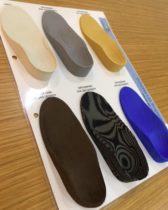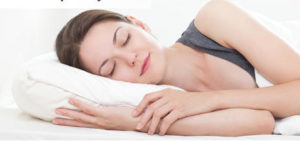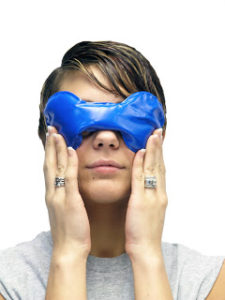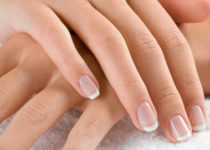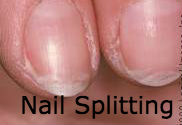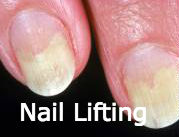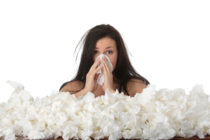Health Benefits of Custom Orthotics Insoles
If you have been using over-the-counter shoe inserts expecting to get some relief from your heel pain, you are most likely to end up disappointed with its results. This is not your fault, it’s because of a misconception.
Many people think that it is okay to use any standard shoe insert to treat your foot problems and pain. However, this is false as there’s nothing called an “average foot” and there’s no one-size solution for foot pain.
Different people have different feet shapes, sizes, and structures and if you suffer from foot conditions like plantar fasciitis or flat feet, your podiatrist will most likely suggest custom orthotics insoles to treat the condition.
What are Custom Orthotics?
Custom orthotics are customized shoe inserts ordered by medical professionals after examining your feet, pronation, gait and after analyzing the pain and discomfort you are going through.
You know you need customized orthotics if the bottom of your shoes is not worn evenly across the toe and heel region. People with a normal gait undergo even wear-and-tear of their shoes.
They are made from much more durable material than the OTC inserts, and thus provide pain relief for years and not months. It is only after using these customized orthotics will you realize the following health benefits it offers.
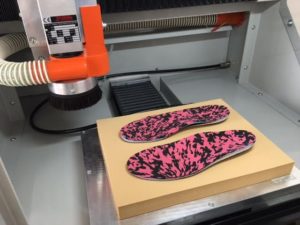
1. They are especially helpful for athletes, those athletes who have recurring foot problems. It reduces foot stress and fatigue while increasing agility. It also helps in high impact sports involving lots of running and jumping by working as shock absorbers and thus reducing the stress on the joints and muscles.
2. Custom orthotics balances the feet and provides for improved shock absorption so that the shock impact is reduced drastically before reaching your limbs and starting joint pain.
3. Customized orthotics can help correct your posture and alignment by supporting the arch. This in turn minimizes the stress and discomfort of your improper gait.
4. Orthotics are especially helpful for people who have to spend a lot of time on their feet as part of their job. They help by maintaining correct weight distribution so that there is no untoward stress on only heels or arch while standing.
5. Orthotic shoe inserts also helpful for the obese who find it difficult standing for long periods if they do not get the support of the shoe inserts.
6. Balanced and properly supported feet mean a reduced chance of suffering from an ankle or foot injury, back pain, and even knee or hip pain.
7. Flat feet orthotics help by gradually shifting the shape of the arch and thus treats flat feet to improve your walk and gait. There is also orthotics which proves helpful for those with unusually high arches by reducing the stress and discomfort of the high arches.
8. Helps relieve any foot pain, stress, and fatigue caused by ankle problems by taking pressure of foot calluses and bunions. It provides support to arches to relieve arch pain and reduce muscle stress and fatigue.
9. Customized orthotic shoe inserts help improve your poor balance which was caused by improper lower limb alignment. The inserts help by supporting your arch and cradling your heel so that your pronation is gradually improved.
10. Custom orthotics are much more comfortable than the standard inserts you find in shoe stores. This is because custom orthotic insoles are manufactured as per your individual body’s biomechanical needs. So a runner with foot pain may be prescribed a particular treatment while those with broken bones or inflamed ligaments will be prescribed some other orthotic treatment.
11. Orthotics help improve skeleton alignment by gradually changing the angles of joints to provide pain relief.
12. The shoe inserts help reduce extremity rotation caused by overpronation. It also reduces the velocity at which joints move through its ranges.
13. Orthotics are not only helpful at providing relief from foot pain, but also helps those suffering from back pain, hips or knee pain, and people suffering from arthritis-related pain. Orthotics also help treat foot pain triggered by health issues like diabetes.
So you can see that there are many health benefits associated with using customized orthotics. The trick lies at consulting the right podiatrist who has the knowledge and experience to prescribe the right feet orthotics based on your individual needs and requirements.
